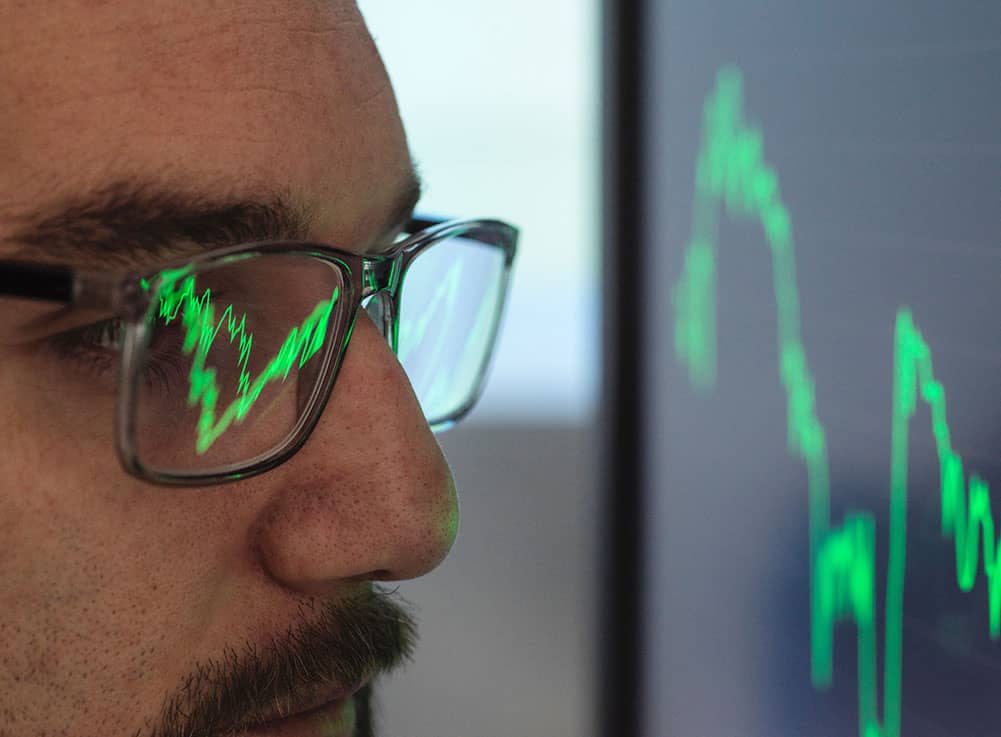Pound Sterling Volatile Amidst Month-end Flows
- Written by: Gary Howes
-

Image © Adobe Images
The month-end period is notorious for currency volatility and we are told the end of November favours the Euro against the Pound and Dollar, although Tuesday morning is seeing some strong gains in the UK currency.
Euro exchange rates were sharply higher on Monday despite a lack of market-moving news, leading analysts to point to the invisible hand of month-end flows.
"The move came out of nowhere seemingly and has been relentless all London morning which seems to signal some sort of month-end related flows," says Brad Bechtel, Global Head of FX at Jefferies.
The moves on Tuesday, that favour Sterling, are also seemingly 'out of nowhere', suggesting a volatile, yet ultimately directionless day, ahead.
The Pound to Euro exchange rate has risen 0.40% to 1.1610, the typical high street bank account is therefore offering euro payments at approximately 1.1377 and payment providers around 1.1574.
The flows are expected to inject volatility into the market until Wednesday which means those with imminent payments would need to be nimble.
"A near 1.5% rally in the face of nothing new also signals less than ideal liquidity. So a combination of low liquidity and month-end flows seems to be driving things," says Bechtel, referencing the previous day's action in the Euro.
Researchers at Barclays say currency dynamics are likely to be determined by month-end flows in the first half of the week and their month-end modelling says to sell the Dollar, with a slight preference to buy the Pound.
Crédit Agricole's model suggests a similar setup, although they see the Euro as being a clear winner at the end of November.
"Our corporate flow model is pointing to EUR buying at the end of the month. In our combined strategy, we therefore use the signals of our corporate flow model and buy the EUR vs an equally-weighted basket of USD and GBP," says Valentin Marinov, Head of G10 FX Strategy at Crédit Agricole.
Crédit Agricole's month-end trading strategy has yielded an annualised return of 3.1% since 2012, with a hit ratio of 72.3% and Sharpe ratio of 1.7.
Marinov explains the model is based on the concept that global portfolio managers have set benchmarks for currency hedge ratios and, as the value of their assets within their portfolio changes over the course of the month, portfolio managers will need to rehedge their currency exposure, so that their currency benchmarks are maintained.
Typically, these FX rebalancing flows are seen at the end of the month and usually, their impact is felt most near the 16:00 London fix on the last trading day of the month.
Above: GBP/EUR at daily intervals showing an area of key resistance while the 100 day moving average is consistent with ongoing downside. Consider setting a free FX rate alert here to better time your payment requirements.
However, Barclays says the month-end phenomenon has increasingly stretched out over the days preceding month-end, which would explain why big and unexpected moves occurred on Monday.
The Dollar is widely cited by analysts who monitor month-end as being a sell target owing to the outperformance of U.S. equity markets.
"Global equity markets were broadly firmer in November. In FX, the USD has underperformed across the board on the month. Overall, the moves in equity markets, when adjusted for market capitalisation and FX performance this month, suggest month-end portfolio-rebalancing flows are likely to be mild USD selling across the board," says Marinov.
Month-end flows are largely a technical consideration and inject near-term volatility into the market and are therefore not consistent with any major turn in trend.
The Pound has rallied against the Dollar through November while recovering against the Euro and looks set to end the month broadly unchanged.
Much of this recovery is linked to an ongoing recovery in global equity markets, to which the Pound is positively correlated.
Above: GBP/USD at daily intervals. If you are looking to protect or boost your international payment budget you could consider securing today's rate for use in the future, or set an order for your ideal rate when it is achieved, more information can be found here.
The global picture is likely to be of greater consequence now that idiosyncratic concerns regarding the UK have faded since Prime Minister Rishi Sunak reset the country's fiscal path on his arrival in Ten Downing Street.
Global markets remain in a bear trend with all signs suggesting the recent rebound is a short-term relief rally and it won't be until next year when the cycle finally ends. If correct, a Dollar resurgence is possible.
Concerns for the UK economic outlook will also keep investors wary of chasing the recovery in Sterling much higher, with numerous analysts saying the recovery is a technical repositioning in a market that was heavily positioned against the UK currency.
"We think the risks for GBP are skewed to the downside," says Thomas Flury, Strategist, at UBS.
UBS is forecasting the Pound-Dollar exchange rate to trade back to 1.10 over the coming weeks ahead of a more durable recovery in 2023.
But the Eurozone also faces a challenging winter in terms of ensuring energy security and elevated supply-side inflation, which could keep it under pressure, creating a mixed picture of GBP/EUR.
"The UK and the Eurozone are struggling with a toxic mix of double-digit inflation and close to zero growth," says Flury.
"The direction of GBP/EUR is even more uncertain given the similar economic risks facing the UK and Eurozone. The currency pair fell short of the 100-week moving average last week, just shy of €1.17, and is on the backfoot this morning. We expect a narrow trading range to persist until year-end," says George Vessey, a currency analyst at Western Union Business Solutions.







